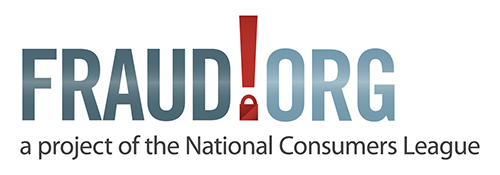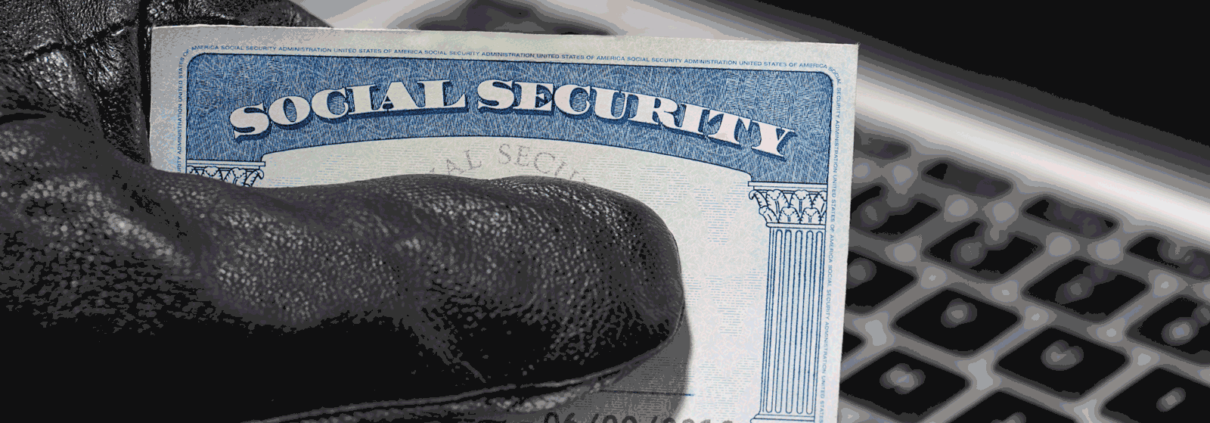Save money filing taxes this new year—and protect yourself from identity fraud – Fraud.org
Happy 2017! The start of a new year means that tax filing season is right around the corner. While Tax Day is not something all consumers look forward to, it may mean that a much-needed tax refund will soon arrive for some. The annual refund check can be a financial lifeline for many of us, enabling us to pay down holiday expenses and medical bills or save cash in a rainy day fund.
For fraudsters however, the start of a new year also marks the beginning of something much more sinister: tax identity theft season. From 2011-2014, identity thieves claimed $23 billion in fraudulent tax refunds; money that was supposed to go to legitimate taxpayers, but instead ended up in criminals’ pockets. In 2015, thieves used fraudulent tax and wage information to defraud nearly a quarter million of Americans, making this kind of identity fraud the fastest-growing type of identity theft, according to the Federal Trade Commission (FTC).
Tax ID fraud occurs when a scammer files a tax return using someone else’s personal information, then illegally collects the victims’ tax refunds. Filing a false tax return is surprisingly easy and only requires a victim’s name, Social Security number, date of birth, and a falsified W-2 form. Victims often only find out they’ve been defrauded after they try to file their own legitimate tax return and receive a letter from the IRS stating that someone else already filed in their name.
The IRS has been steadfastly fighting this scam for years and they’ve been able to significantly—but not completely—reduce the amount of fraud committed. And this year, thanks to a new law, they will have more time to stop scammers before the fraudulent checks get mailed. However, this may cause a delay in some consumers receiving their refunds.
Fortunately, there are several steps consumers can take that may help reduce the risk of tax ID fraud, save money on tax preparation, and prevent filing errors on returns.
-
File early. Filing early in the tax season is the easiest way to reduce the risk of an identity thief beating you to it and stealing your refund. The sooner you file, the better. Starting January 23, 2017, the IRS will begin accepting federal tax return filings. Waiting until closer to this year’s deadline (April 18) to file gives identity thieves more time to file a return in your name, receive your refund, and take your check to the bank.
-
Get educated about the law. A new law called the Protecting Americans from Tax Hikes (PATH) Act requires the IRS to hold refund checks until February 15 for consumers who claim the Earned Income Tax Credit (EITC) or Additional Child Tax Credit (ACTC). While you may have to wait a bit longer to get your refund check this year, the delay will help the IRS identify and stop more tax fraud. Beware of tax preparation companies who claim to be able to get you your refund sooner than February 15. Tax preparers who promise this will almost certainly be giving you a high-interest loan that will eat into your refund.
-
Check with IRS on the status of your refund. Due to weekends and the President’s Day holiday, some consumers who claim the EITC or ACTC may not get their refunds in their bank accounts until the week of February 27. To check the status of your refund, visit the IRS’s Where’s My Refund? website or take advantage of the IRS2Go smartphone app.
-
Take advantage of free tax preparation help. For those who generally make $54,000 or less, you may qualify for free tax help. Skip the high-cost tax preparation outfits and, instead, take advantage of free tax preparation assistance from Volunteer Income Tax Assistance (VITA) programs in your community. VITA programs are staffed by IRS-certified volunteers who can help you navigate this year’s delay and prepare accurate returns safely and securely. For more information and to find a local VITA site, click here.
-
Use Free File to e-file. Consumers who make up to $64,000 per year qualify for the IRS’s Free File program, which allows the use of free, name-brand tax filing software from some of the biggest names in the tax prep business.For more information, click here.
It’s critical to act quickly if you fall victim to tax ID fraud. Take these tips to help reduce the damage:
-
Once you receive the letter from the IRS informing you that someone has already filed a tax return with your Social Security number, file a 14039 form with the IRS and follow the submission instructions at the bottom of the form. This will notify the IRS that you believe that your identity has been stolen.
-
If a fraudster is able to file a phony tax return with your personal information, they may have enough information to commit other types of identity theft, such as taking out credit in your name. To prevent this, consider placing a freeze on your credit report. By placing a freeze on your report, you will prevent any credit from being granted in your name unless you personally lift the freeze. For more information, visit the Federal Trade Commission’s frequently asked questions on credit freezes.
Lastly, file an identity theft report with your local police department and fill out our secure online complaint form. We share complaints with our network of nearly 200 law enforcement and consumer protection agency partners who can and do put fraudsters behind bars. For additional information on responding to identity theft, visit identitytheft.gov.







